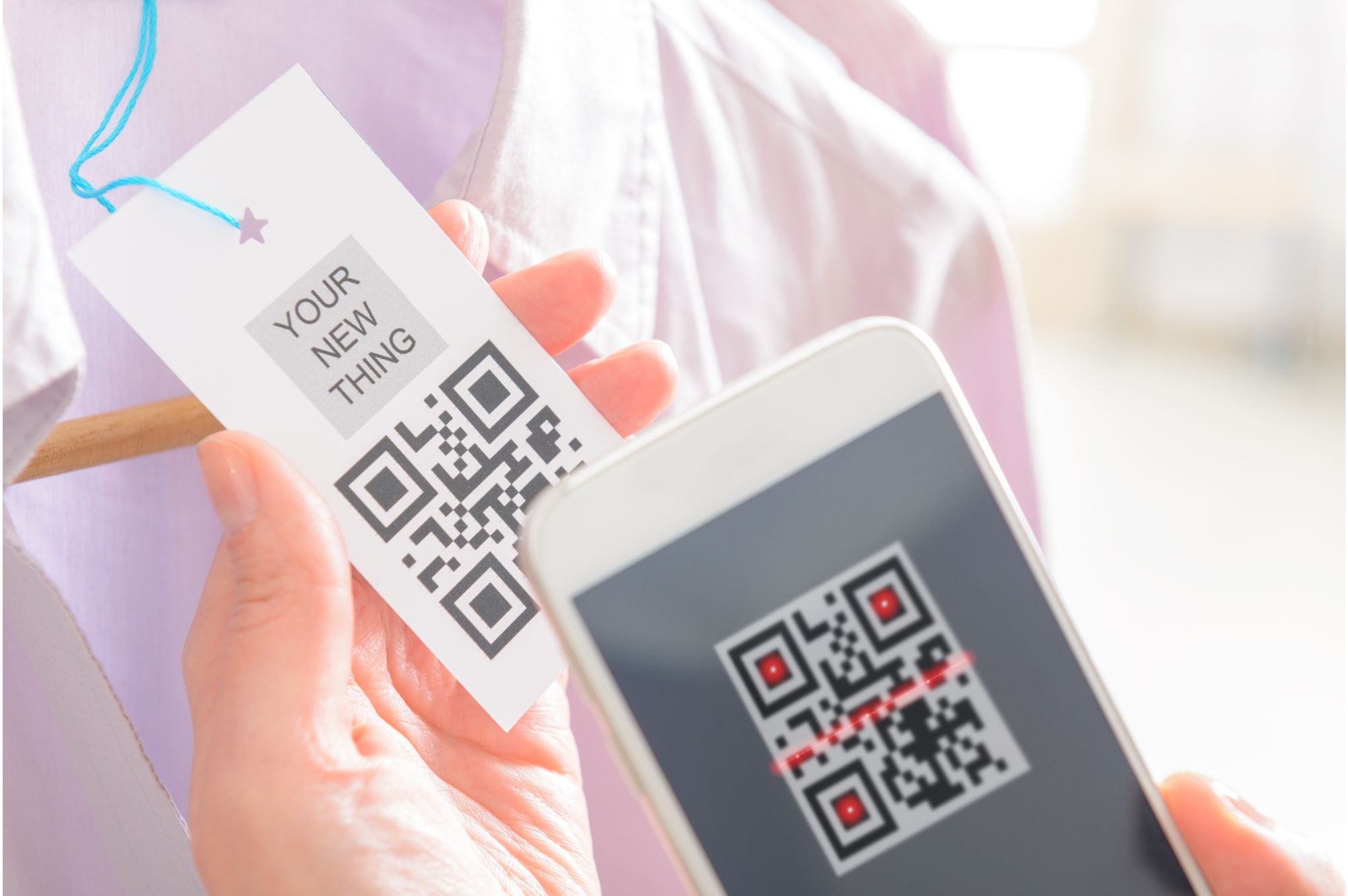Step into the dynamic world of modern technology! In the bustling business landscape, two standout trends take the spotlight: mobile payment systems and a QR code ordering system. These game-changers have transformed how we engage with businesses and handle financial transactions.
Dive into this article to uncover the pros and cons of these cutting-edge techniques. Shed light on their unique features to help you choose the best option for your business or personal needs.
Ready? Let’s begin!
Table of Contents
Mobile Payment System: The Pros
Mobile payment systems, also known as digital wallets, are smartphone-based applications that allow users to store their credit or debit card information and make payments directly from their phones.
Convenience
Mobile payment systems like Apple Pay, Google Pay, and Samsung Pay are super convenient. You can just link your credit or debit cards to your phone, so no need to carry around physical cards or cash.
Just a tap or a scan, and you’re good to go! It makes paying for things a breeze. Plus, you can use it to make online purchases without having to type in your card details every time.
Security Features
Many mobile payment systems use high-tech security like biometric authentication (think fingerprints or face ID) and tokenization. These cool features amp up transaction security, lowering the chance of unauthorized access and keeping your financial info safe.
It’s the same concept used for credit card processing, where a unique code is generated for each transaction, making it nearly impossible to steal or duplicate your information. So you can shop with peace of mind knowing that your personal and financial data is protected.
Integration with Loyalty Programs
Many mobile payment apps integrate seamlessly with loyalty programs and rewards systems. This encourages customer loyalty by offering discounts, cashback, or other perks for using the mobile payment option.
This integration provides an additional layer of incentive for customers to choose this method over traditional alternatives. Plus, it makes it easier for users to keep track of their rewards and redeem them without having to carry around physical loyalty cards.
Global Accessibility
Mobile payment systems transcend geographical boundaries, making them ideal for international transactions. Users can make payments or purchases in different currencies without the need for physical currency exchange. This global accessibility facilitates smooth transactions for businesses and consumers engaged in international trade.
Mobile Payment System: The Cons
While the benefits of mobile payment systems are significant, there are also some downsides to consider. Here are a few potential drawbacks:
Dependency on Technology
While mobile payment systems offer convenience, they are heavily dependent on technology. Users need a compatible smartphone, a stable internet connection, and a functioning app to make transactions.
In areas with poor network coverage or for individuals without access to smartphones, this dependency can be a significant drawback.
Potential for Technical Glitches
As with any technology, mobile payment systems are susceptible to technical glitches. System outages, software bugs, or connectivity issues can disrupt the payment process. Such glitches can lead to inconvenience for both businesses and customers, impacting the reliability of the payment method.
Limited Adoption in Certain Regions
Although mobile payment systems are widely accepted in many developed regions, their adoption may be limited in some areas. People’s cultural preferences, regulations, or a lack of infrastructure can hinder mobile payments. This is true in certain markets.
QR Code Ordering System: The Pros
One type of mobile payment system gaining popularity is the use of QR codes for ordering and payment. This involves scanning a code at the point of purchase, usually at a physical store or restaurant, to initiate the payment process. Here are some pros to consider:
Contactless Ordering Experience
QR code ordering systems provide a contactless payment and ordering experience for customers. Customers can scan a QR code at a restaurant or on a menu. This lets them access a digital menu, place orders, and make payments using their smartphones. This minimizes physical contact with menus, cash, or payment terminals. It makes dining safer and more hygienic.
Cost-Effective Implementation
Using a QR code ordering system is often cheaper for businesses. It’s compared to upgrading traditional point-of-sale (POS) systems. Instead of buying new hardware and software, businesses can use existing infrastructure. For example, they can use printed QR codes. They can then connect with mobile apps for order processing.
Adaptability to Various Industries
QR code ordering systems are not limited to the restaurant industry. They can be adapted to various sectors, including retail, hospitality, and events. For example, stores can use QR codes for product info and promos. Event organizers can use them for ticket sales and entry.
Real-Time Updates and Customization
Businesses can easily update their digital menus and promotions in real time. They do this with QR code ordering systems. This flexibility allows for quick adjustments. They can be inventory changes, updates to prices, or special promotions. Customers benefit from the most up-to-date information, enhancing their overall experience.
QR Code Ordering System The Cons
Despite the numerous benefits of QR code ordering systems, there are a few drawbacks to consider.
Dependency on Smartphone Ownership
Like mobile payment systems, QR code ordering systems rely on customers owning smartphones. The phones must have a camera and internet. Smartphone ownership is widespread. But, businesses need to consider the exclusion of customers who do not own or use them.
Limited User Familiarity
QR codes are common. But, some users, especially older people, may not know them. This lack of familiarity can result in a learning curve for both customers and businesses. It can lead to initial resistance or confusion during adoption.
Security Concerns
As with any digital system, QR code ordering systems are not immune to security concerns. Encryption secures transactions. But, businesses must also keep customer data safe and guard against cyber threats. You need regular updates. You also need to follow security best practices. These things are essential for reducing these risks.
Finding the Right Fit
In the fast-changing world of digital transactions, mobile payments, and a QR code ordering system have their pros and cons. Deciding between them comes down to what works best for your business, customers, and location. It’s all about meeting the needs of your clients – whether they prefer tapping on a payment app or scanning a QR code. Let’s make sure your transaction process is smooth and user-friendly for the tech-savvy customers out there!
And you don’t have to stop here. For additional resources and articles check out the rest of our site.


